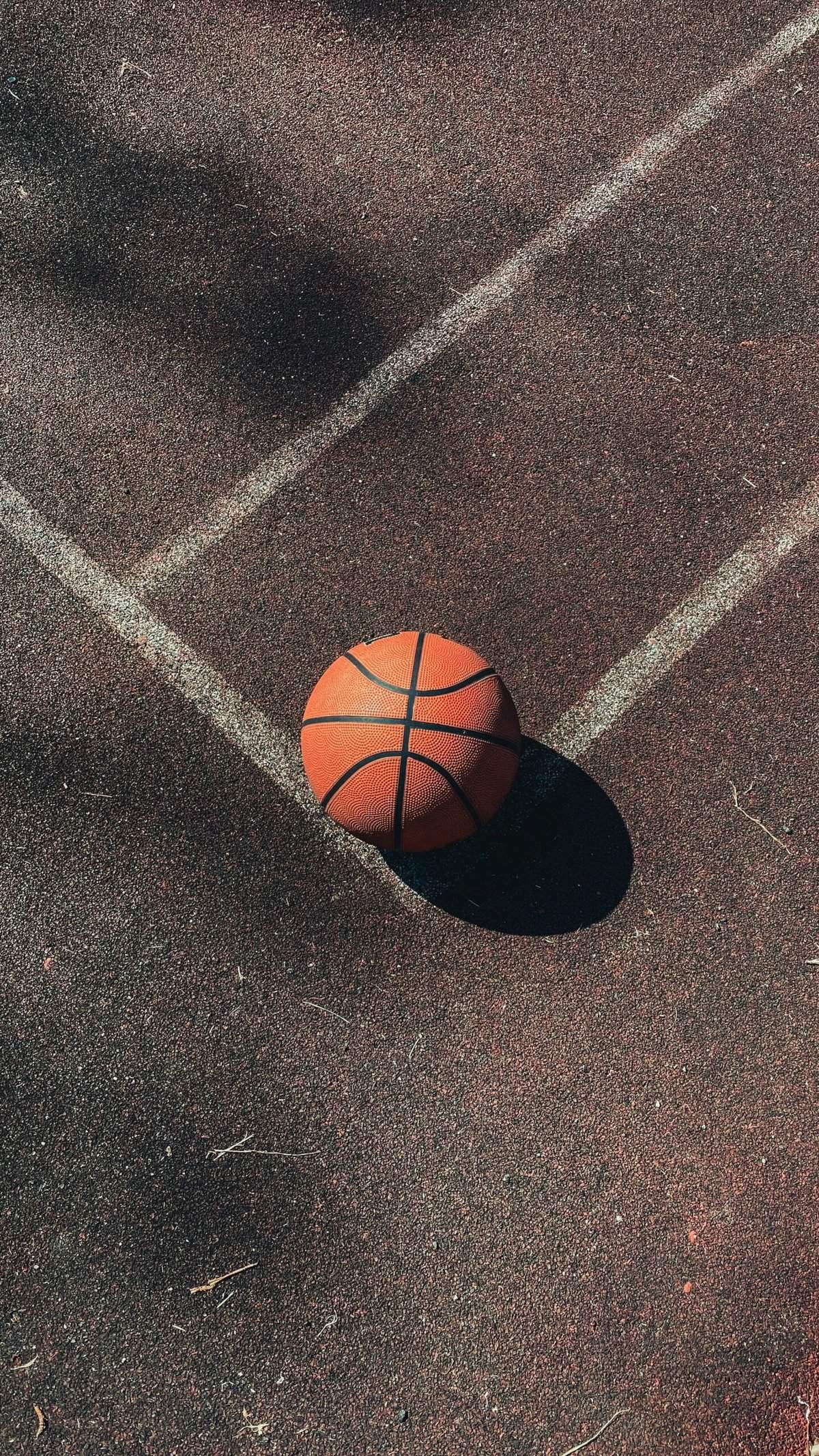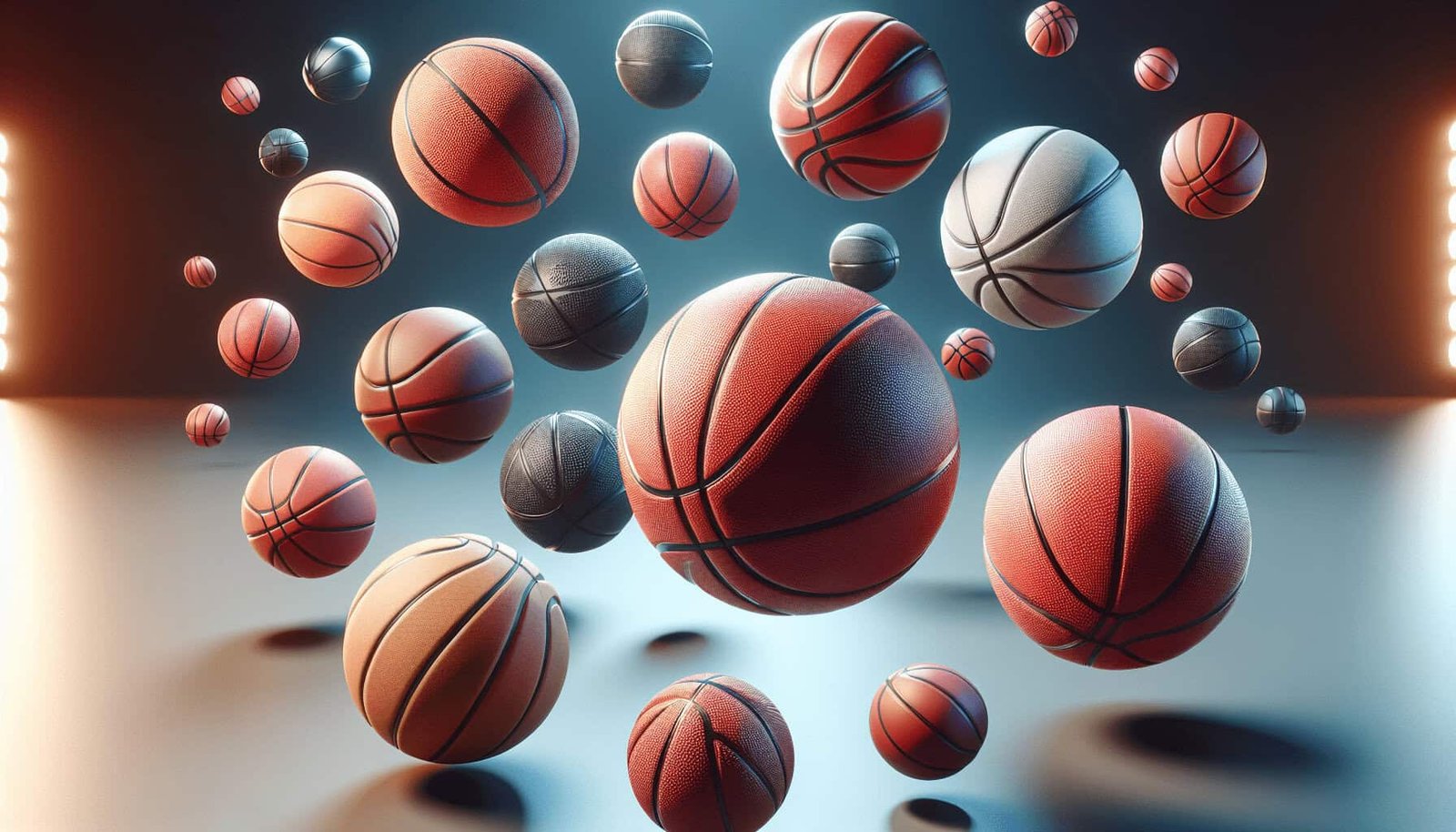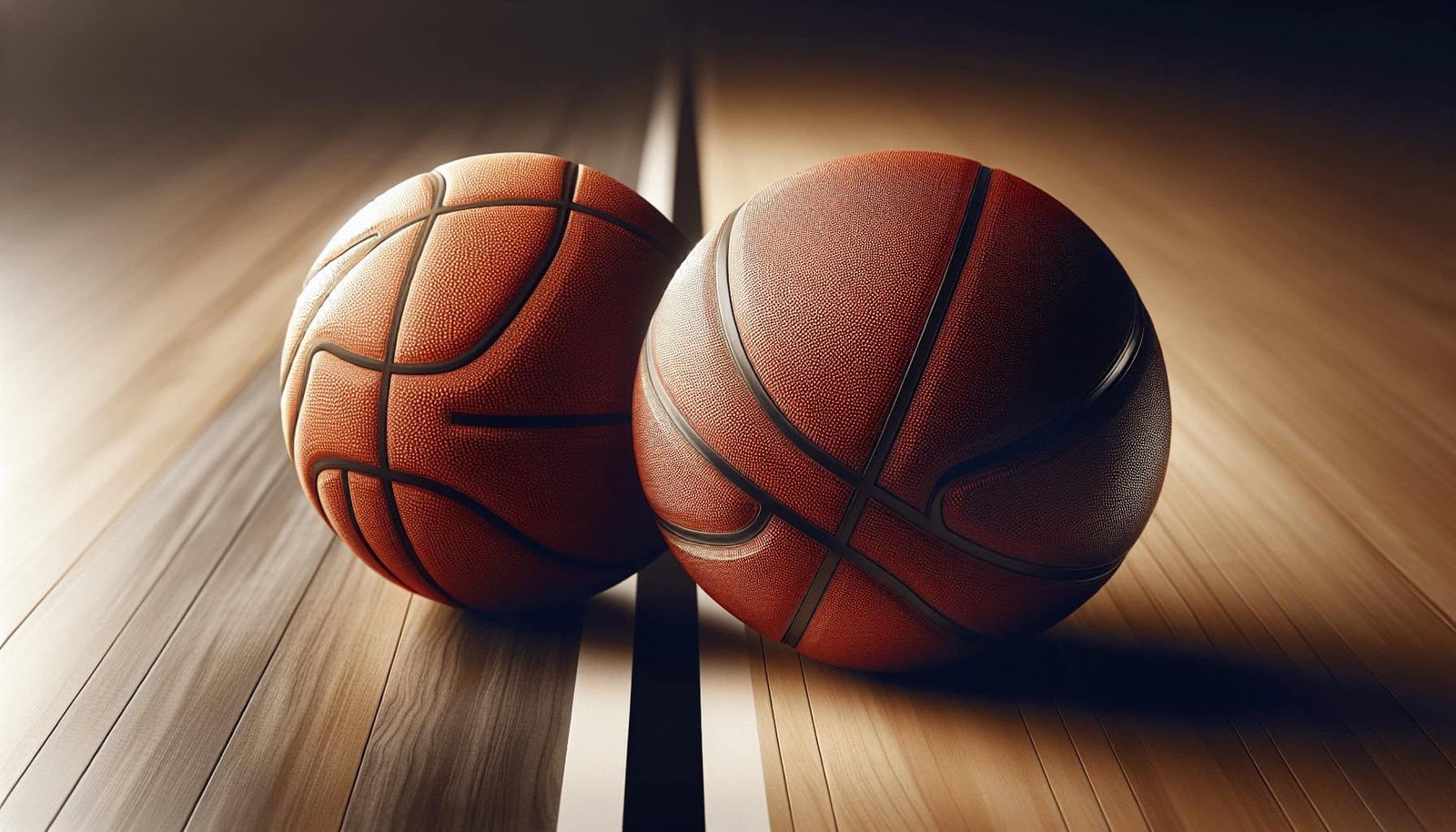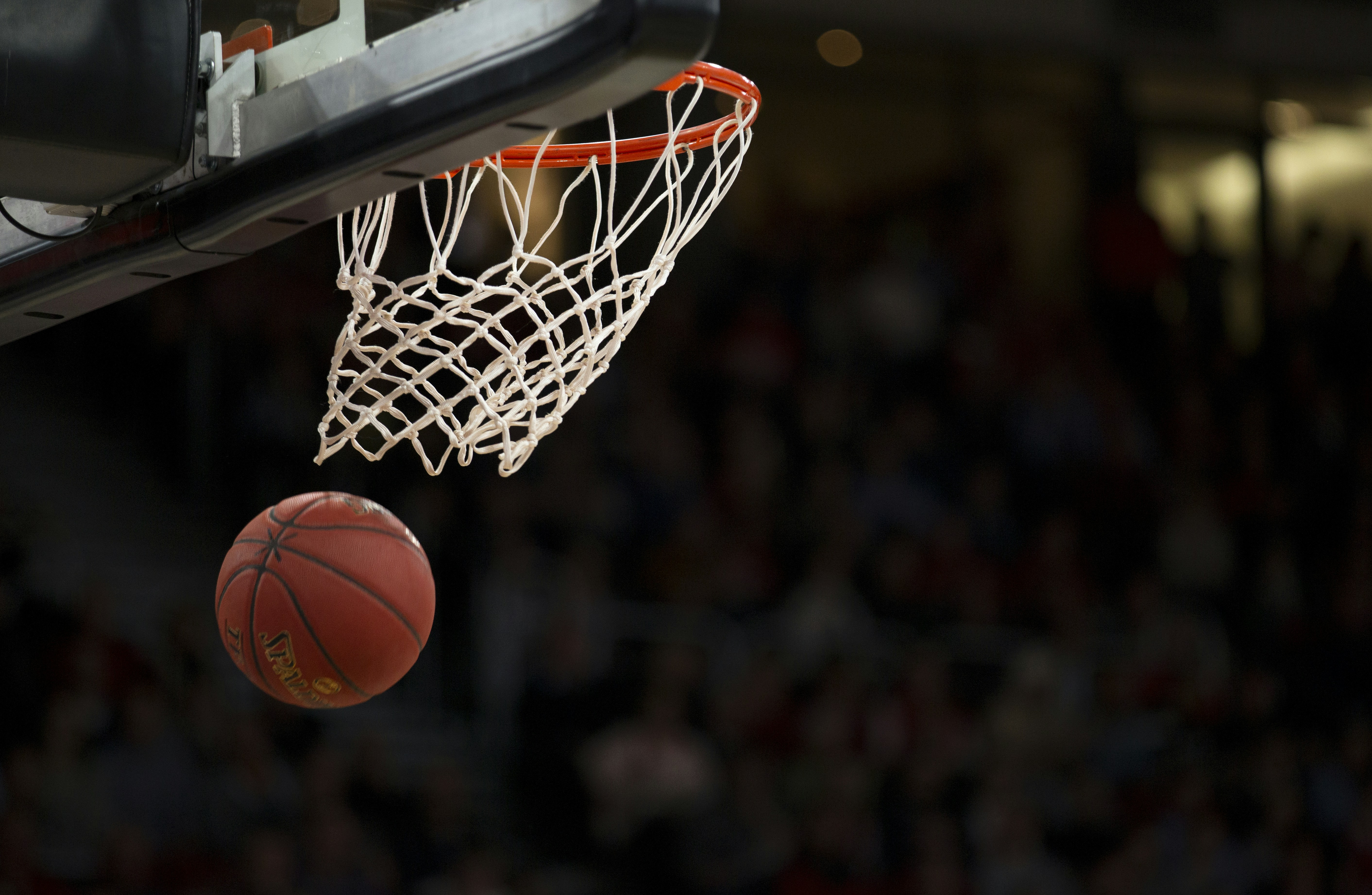Imagine playing basketball with different types of basketballs. Have you ever wondered how your ball control changes depending on the basketball you are using? In this article, we will explore how ball control can vary when using various basketball types. We will delve into the differences between indoor and outdoor basketballs, as well as the impact of different materials and textures on your ability to dribble, shoot, and pass the ball. So grab your basketball and get ready to discover how the type of ball you choose can affect your game!
Introduction
When it comes to basketball, the type of ball you use can have a significant impact on your game. Whether you’re playing indoors or outdoors, different basketballs offer varying levels of grip, bounce, and weight. These factors can greatly affect your ball control, and understanding how each type of basketball performs can help you choose the right one for your playing environment and skill level. In this article, we will explore the different types of basketballs, their effects on ball control, as well as the advantages and disadvantages of using them.
Different Types of Basketball
Indoor Basketball
Indoor basketballs are specifically designed for playing on hardwood or synthetic courts. They are generally made of leather or composite materials, providing excellent grip and a consistent bounce. Indoor basketballs are typically lighter in weight, allowing for better control and handling. These balls are perfect for controlled environments like gyms and indoor courts, where the playing surface is smooth, and players can focus on developing their skills.
Outdoor Basketball
Outdoor basketballs, on the other hand, are designed to withstand the harsh conditions of outdoor play. They are constructed with durable rubber materials, making them resistant to wear and tear on rough surfaces such as concrete or asphalt. While outdoor basketballs may not offer the same level of grip as indoor ones, they are built to handle the elements and provide longevity. Their heavier weight and less predictable bounce make them ideal for players looking to enhance their strength and conditioning while adapting to various outdoor playing conditions.

Ball Control Factors
To understand how different basketball types affect ball control, it is essential to consider three main factors: grip, bounce, and weight. These factors play a vital role in a player’s ability to handle and manipulate the ball effectively.
Grip
Grip refers to the texture and surface of the basketball that allows players to maintain control during dribbling, passing, and shooting. Indoor basketballs tend to offer superior grip due to finer materials used, such as leather or composite. Outdoor basketballs, on the other hand, feature a rougher surface, reducing the amount of grip and requiring players to adjust their technique accordingly.
Bounce
Bounce refers to how the ball reacts when it hits the ground or other surfaces. Indoor basketballs have a more consistent bounce due to their softer materials and smoother construction. This consistency makes it easier for players to predict the ball’s behavior and adjust their movements accordingly. Outdoor basketballs, however, may produce an inconsistent bounce due to their sturdier rubber construction, making it more challenging to control and predict the ball’s trajectory.
Weight
The weight of a basketball contributes to the overall feel and control a player has over the ball. Indoor basketballs are generally lighter in weight, allowing for better maneuverability and quicker hand movements. This lighter weight enhances ball handling skills and promotes better control. On the other hand, outdoor basketballs tend to be heavier, providing a greater challenge when it comes to dribbling and controlling the ball but also helping develop strength and conditioning.
Effects of Indoor Basketball on Ball Control
Improved Grip
One of the significant advantages of using an indoor basketball is the improved grip it offers. The materials used in indoor basketballs, such as leather or composite, provide a more tactile surface that allows players to handle the ball with greater ease. This enhanced grip translates into better control during dribbling, passing, and shooting, allowing players to execute their moves more confidently.
Consistent Bounce
Indoor basketballs are designed to deliver a consistent bounce, enabling players to anticipate the trajectory and react accordingly. This consistency allows for precise dribbling and more accurate passes, as players can rely on the ball’s predictable behavior. By using an indoor basketball, players can develop a better sense of timing and spatial awareness, which can significantly improve their overall ball control.
Lighter Weight
The lighter weight of indoor basketballs enhances ball handling skills by promoting quick hand movements and effortless control. With a lighter ball, players can execute dribbling techniques with greater speed and agility, making it easier to maneuver on the court. The reduced resistance also allows for quicker passes and sharper shooting, as it requires less effort to generate power and accuracy.
Effects of Outdoor Basketball on Ball Control
Less Grip
One of the biggest challenges when using an outdoor basketball is the reduction in grip compared to indoor balls. Outdoor basketballs, typically made of durable rubber materials, have a rougher surface that can affect a player’s ability to maintain control. This reduced grip demands players to adjust their technique and apply more pressure when dribbling or making passes. However, this adjustment can ultimately improve finger strength and coordination.
Inconsistent Bounce
Outdoor basketballs may produce an inconsistent bounce due to their sturdier rubber construction and the various surfaces they encounter. The irregularities of outdoor courts, such as concrete or asphalt, can impact the ball’s bounce, making it harder to anticipate its trajectory. This unpredictability challenges players to adapt quickly to the changing conditions and develop better reflexes and hand-eye coordination.
Heavier Weight
Outdoor basketballs are generally heavier than their indoor counterparts, which provides a different feel and requires players to exert more strength when handling the ball. The heavier weight can make it more challenging to dribble and control the ball, particularly for younger or less experienced players. However, this added resistance helps develop hand and arm strength, contributing to improved overall performance on the court.
Advantages of Indoor Basketball
Suitable for Controlled Environments
Indoor basketballs are specifically designed for use in controlled environments such as gyms and indoor courts. Their superior grip, consistent bounce, and lighter weight make them ideal for players looking to refine their skills and techniques. The controlled playing surface allows players to focus on developing precise dribbling, passing, and shooting without the distraction of external factors.
Better Ball Handling Skills
Using an indoor basketball can significantly enhance a player’s ball handling skills. The improved grip and lighter weight promote faster hand movements, allowing players to execute dribbling techniques and maneuvers with greater speed and control. The consistent bounce of indoor basketballs also helps players develop a better sense of timing and spatial awareness, enabling them to make accurate passes and execute scoring opportunities more effectively.

Advantages of Outdoor Basketball
Durable for Rough Surfaces
One of the significant advantages of outdoor basketballs is their durability on rough surfaces. The sturdy rubber construction of these balls allows them to withstand the wear and tear associated with playing on concrete or asphalt. Outdoor basketballs can endure the harsh conditions of outdoor courts without significant damage, providing players with a ball that can last for prolonged periods.
Enhanced Strength and Conditioning
The heavier weight and reduced grip of outdoor basketballs can enhance a player’s strength and conditioning. The extra resistance involved in dribbling and controlling a heavier ball helps strengthen the arms, wrists, and fingers over time. Additionally, the challenges presented by the reduced grip require players to exert more strength and coordination, resulting in improved overall performance on the court.
Disadvantages of Indoor Basketball
Not Suitable for Outdoor Play
Indoor basketballs are not designed for outdoor play and may suffer significant damage if used outside. The delicate materials used in indoor basketballs, such as leather or composite, can wear out quickly on rough outdoor surfaces. The exposure to elements like dirt, moisture, and uneven terrain can deteriorate the ball’s quality, impacting its grip, bounce, and overall performance.
Limited Durability
Indoor basketballs, given their construction and materials, generally have a limited lifespan if used extensively. The soft leather or composite exterior is more prone to scuffs, scratches, and deterioration compared to the sturdier rubber used in outdoor basketballs. Constant use on indoor courts can cause the ball to lose its grip, bounce, and shape more rapidly, ultimately requiring more frequent replacements.

Disadvantages of Outdoor Basketball
Wears Out Faster on Indoor Surfaces
Using an outdoor basketball on indoor surfaces is not recommended, as it can wear out the ball more quickly. The rougher texture of an outdoor basketball can cause greater friction on indoor courts, leading to faster degradation of the ball’s materials. Increased wear and tear can result in reduced grip, consistency, and overall performance, impacting a player’s ball control and the longevity of the ball itself.
Reduced Control and Grip
The outdoor basketball’s rougher surface and lower grip can present challenges in maintaining control and executing precise movements. The reduced friction and grip require players to exert more force and adjust their technique to compensate. This adjustment can be beneficial for developing finger strength and coordination but may initially hinder a player’s ability to control the ball accurately.
Choosing the Right Basketball
When choosing the right basketball, it is essential to consider several factors, including the playing environment, player’s skill level, and training objectives.
Consider the Playing Environment
If you primarily play on indoor courts, an indoor basketball would be the ideal choice. The superior grip, consistent bounce, and lighter weight will allow you to maximize your ball control and develop your skills effectively. On the other hand, if you play mostly on outdoor courts with rough surfaces, an outdoor basketball’s durability and ability to handle unpredictable conditions will serve you better.
Player’s Skill Level
For beginners or younger players, using an indoor basketball may be more suitable. The lighter weight and improved grip will aid in developing basic ball handling skills without adding unnecessary challenges. More experienced players may benefit from the additional resistance and challenges offered by an outdoor basketball, as it can help improve strength, conditioning, and adaptability on various playing surfaces.
Training Objectives
Consider your training objectives when choosing a basketball. If you are focused on refining technique and enhancing control, an indoor basketball will provide the necessary consistency and precision. However, if you are looking to develop strength, conditioning, and adaptability on different surfaces, an outdoor basketball would be more suitable.
In conclusion, the type of basketball you choose can significantly impact your ball control and overall performance on the court. Indoor basketballs offer superior grip, consistent bounce, and lighter weight, making them ideal for controlled indoor environments and developing precise ball handling skills. Outdoor basketballs, on the other hand, provide durability, enhanced strength, and adaptability to outdoor playing conditions. Consider the playing environment, skill level, and training objectives when selecting the right basketball for your needs, and enjoy the game with improved ball control.


